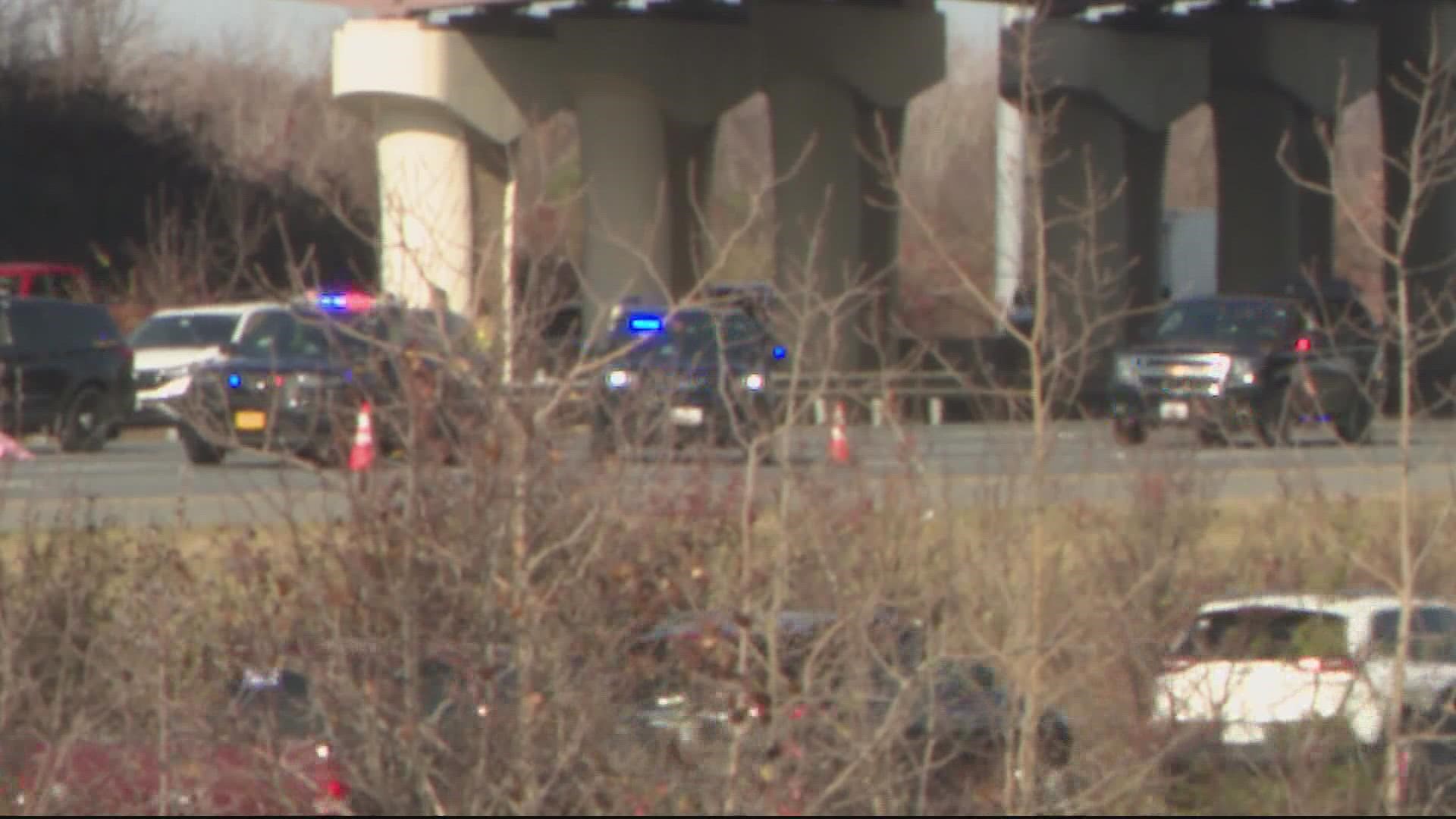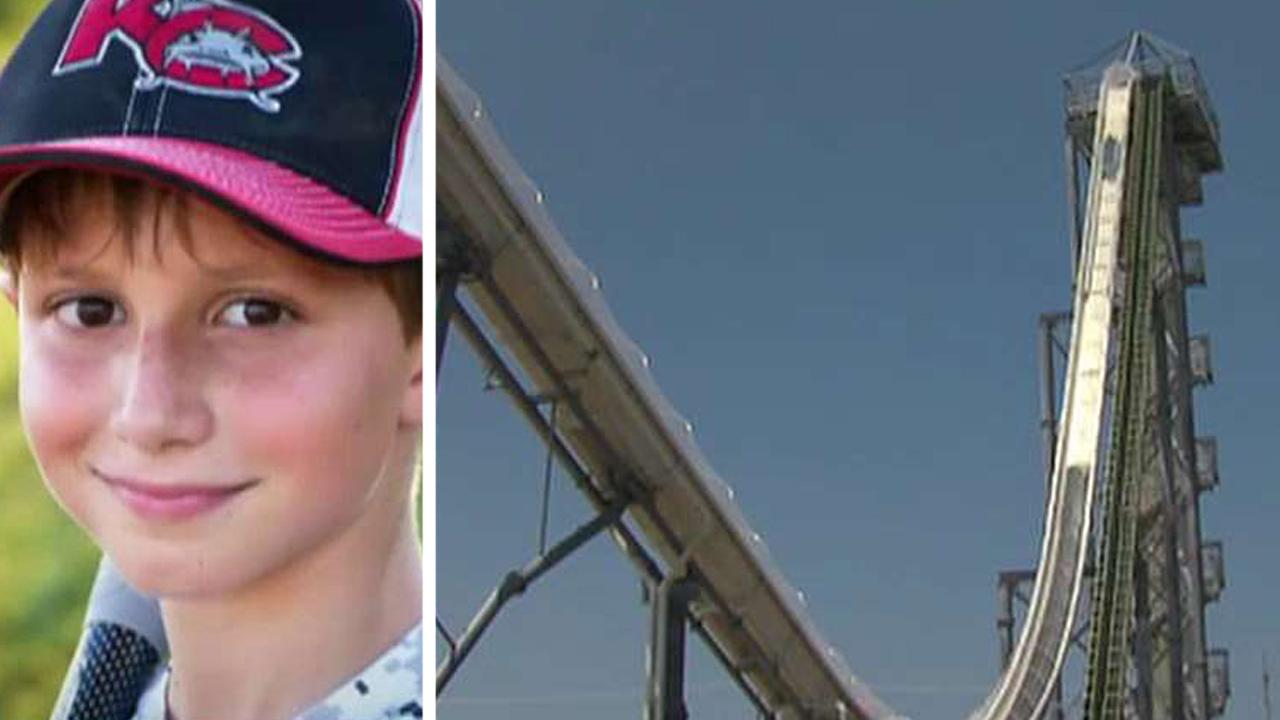Boy hit by drone – the headline screams the shocking reality. This isn’t just a hypothetical scenario; it highlights the growing concerns surrounding drone safety and responsible operation, particularly in public spaces. We’ll explore the potential for injury, legal ramifications, and the crucial need for improved safety measures and public awareness. From the immediate aftermath of a collision to the long-term impact on drone technology and regulations, we’ll delve into the complexities of this increasingly prevalent issue.
Imagine a sunny afternoon in the park. A small drone, seemingly harmless, suddenly descends, striking a young boy. The scene unfolds in a chaotic flurry of cries, concerned onlookers, and immediate first aid attempts. This scenario, though fictional, underscores the real-world dangers associated with irresponsible drone use. The severity of the consequences varies widely, from minor scrapes to catastrophic injuries, depending on the size and speed of the drone, and the point of impact.
A Boy Hit by a Drone: Examining the Incident and its Implications

The incident of a child being struck by a drone, while seemingly improbable, highlights critical safety concerns surrounding the increasingly prevalent use of unmanned aerial vehicles (UAVs). This event necessitates a thorough examination of the legal, ethical, and technological aspects of drone operation, emphasizing the need for robust safety protocols and public awareness campaigns.
The Incident: A Detailed Account, Boy hit by drone
The impact of a drone on a child can vary dramatically depending on several factors. A small, lightweight toy drone might cause minor scrapes and bruises. Conversely, a larger, heavier drone, especially one carrying a payload, could inflict severe injuries, including broken bones, head trauma, or even fatalities. Imagine a ten-year-old boy, engrossed in a game of catch in a local park.
A sudden whooshing sound pierces the air, followed by a sharp impact. A relatively large commercial drone, perhaps carrying a camera, descends unexpectedly, striking the boy on the shoulder. He cries out in pain, clutching his arm, as onlookers rush to his aid. The immediate aftermath is a chaotic scene: worried parents, concerned bystanders, and the frantic attempts to assess the extent of his injuries.
The boy’s initial shock gives way to tears as he realizes the pain in his shoulder. A bystander calls emergency services while others attempt to comfort the child. This is just one possible scenario; others could involve different drone types, different locations, and different levels of severity.
Legal and Ethical Implications of Drone Accidents
The legal repercussions for a drone operator whose negligence causes harm vary significantly across jurisdictions. In many places, the operator could face charges ranging from reckless endangerment to assault, depending on the severity of the injuries. Liability could extend to the drone manufacturer if a design flaw contributed to the accident. Ethically, operating a drone near children demands utmost caution and responsibility.
The potential for harm necessitates a heightened awareness of surroundings and adherence to strict safety guidelines. The lack of universally consistent drone regulations across countries further complicates the matter. Some nations have stringent regulations with hefty penalties, while others have more lax rules, leading to inconsistencies in safety standards and legal outcomes. This discrepancy underscores the need for international cooperation in establishing universally accepted drone safety standards.
Safety Measures and Prevention of Drone Accidents

A comprehensive safety protocol for drone operation is crucial to prevent accidents involving people, particularly children. This protocol should be implemented through education and strict enforcement.
| Safety Measure | Description | Implementation | Potential Consequences of Failure |
|---|---|---|---|
| Drone Registration and Licensing | Mandatory registration and licensing of drones and operators. | Governmental oversight and database management. | Increased risk of accidents due to unqualified operators and untracked drones. |
| Mandatory Safety Training | Comprehensive training for drone operators covering safety protocols, regulations, and emergency procedures. | Online and in-person courses, certification programs. | Operator error leading to accidents. |
| Geofencing and No-Fly Zones | Restricting drone flights over populated areas, schools, and other sensitive locations. | Technological implementation and enforcement through GPS and other technologies. | Accidents in restricted zones due to system failure or intentional override. |
| Obstacle Detection and Avoidance Systems | Incorporating advanced sensor technology in drones to detect and avoid obstacles, including people. | Technological advancements in drone design and manufacturing. | Collisions with people or objects due to technological limitations or malfunctions. |
Public awareness campaigns play a vital role in promoting responsible drone use. Educational initiatives targeting drone operators and the general public can significantly reduce the likelihood of accidents. Technological advancements, such as improved obstacle detection and avoidance systems, are also critical for enhancing drone safety.
A boy getting hit by a drone is a serious safety concern, highlighting the need for responsible drone operation. Understanding drone technology is key; check out the safety features of sky elements drones for example, to see how manufacturers are addressing these issues. Ultimately, preventing accidents like a boy being hit requires awareness and safe practices from all drone users.
Public Perception and Media Coverage of Drone Incidents

The perspectives on a drone accident involving a child would vary greatly. The boy might experience fear, pain, and lasting trauma. The drone operator might feel guilt and remorse, while witnesses might exhibit a range of emotions, from shock and concern to anger and frustration. The general public’s response could be a mixture of sympathy for the victim, concern about drone safety, and potentially even anger towards the operator or the technology itself.
Media coverage could range from sensationalized headlines focusing on the dramatic aspects of the incident to responsible reporting emphasizing the safety implications and the need for better regulations.
Hey, did you hear about that kid who got hit by a drone? It’s a pretty serious reminder about drone safety, especially with how popular they’re becoming. Check out this article for the full story: boy hit by drone. The incident highlights the need for responsible drone operation and awareness of potential risks to bystanders.
Let’s all be more careful out there!
- Sensationalist Headline: “Child Nearly Killed by Reckless Drone Operator!”
- Balanced Headline: “Drone Accident Highlights Need for Stronger Safety Regulations.”
- Understated Headline: “Minor Injured in Drone Incident at Local Park.”
Impact on Drone Technology and Regulation
An incident like this would likely accelerate the development and implementation of stricter drone regulations. Manufacturers would be pressured to improve drone safety features, including more robust obstacle detection and avoidance systems, emergency stop mechanisms, and improved flight control software. The long-term impact on public perception could be significant, potentially leading to increased skepticism towards drone technology and a demand for greater oversight and accountability.
A boy being hit by a drone is a serious safety concern, highlighting the need for careful regulation of drone operations. Understanding where these deliveries are taking place is crucial; check out this map of amazon drone delivery locations to see potential risk areas. This information can help us understand the context of incidents like the boy being hit and work towards safer drone integration.
This could manifest in more stringent licensing requirements, increased penalties for violations, and heightened public awareness campaigns focused on safe drone operation.
Epilogue: Boy Hit By Drone

The incident of a boy being hit by a drone serves as a stark reminder of the need for responsible drone operation and robust safety regulations. While technological advancements in obstacle avoidance are promising, public awareness and education remain paramount. By understanding the legal implications, implementing comprehensive safety protocols, and fostering a culture of responsible drone use, we can minimize the risk of such accidents and ensure the safe integration of this technology into our lives.
The future of drone technology hinges on a collective commitment to safety and ethical considerations.
Common Queries
What types of drones pose the greatest risk?
Larger, heavier drones, or those flying at high speeds, present a significantly higher risk of causing serious injury.
What are the potential long-term effects of a drone impact?
Long-term effects can range from scarring and chronic pain to more severe neurological damage, depending on the severity of the initial injury.
Is drone insurance mandatory everywhere?
Drone insurance requirements vary significantly by country and even by region within a country. It’s crucial to check local regulations.
What are the penalties for operating a drone recklessly?
Penalties can range from fines to imprisonment, depending on the severity of the incident and the jurisdiction.